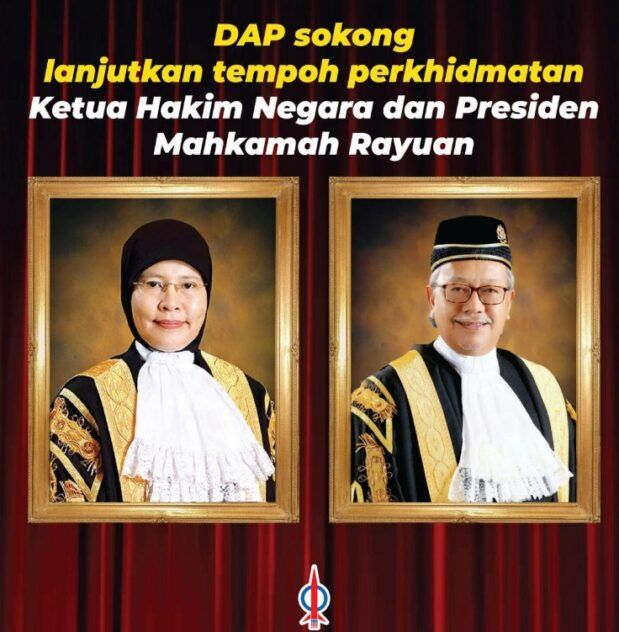By Jeff Lai
MOST taxpayers have this pre-set notion that interest expense is often tax deductible. This perception is true only if the tax rules and provisions governing interest deduction are observed and complied with. In this article, some of the misconceptions of interest deductibility and how in certain situation, a tax deduction is not permitted will be discussed.
As a general rule, any expense (including interest) must pass the standard deductibility test under Section 33 of the Income Tax Act, 1967 (ITA). In addition, whether an interest expense is deductible depends on the purpose and use of the borrowed funds on which interest is incurred.
Borrowings wholly and exclusively used for business operations
From an income tax perspective, interest expense is deductible to the extent that the Inland Revenue Board (IRB) is satisfied the borrowed funds is either employed in the production of gross income or laid out on assets used or held in the production of gross income ie to fund business operations.
If a company takes a loan for general working capital use or to acquire fixed assets to be used in generating income, then a full deduction should be allowed. It is the taxpayer’s responsibility to retain supporting internal documents relating to the purpose and use of the borrowed funds. These documents would be the loan agreements, board resolutions, meeting minutes, etc.
Borrowings to finance loans or investments
Where the money borrowed is wholly or partially used to fund the taxpayer’s non-business operations, interest deduction is restricted as specified. Some examples of non-business operations include acquisition of investment property, loaning money to borrowers, etc.
The restricted interest expense can be claimed against the taxpayer’s investment income (eg rental or interest income), where applicable. In this scenario, it is pertinent to note that any excess of expense unutilised against the investment income is not allowed to be carried forward to the subsequent year.
Where companies are able to identify that money borrowed is meant to be wholly used to provide loan or advances to another company, then a direct attribution of the interest expense may be adopted. Direct attribution generally means to set-off the interest expense against the interest income derived from provision of loans.
However, where money borrowed is given as “interest-free” loans to related parties, then a deduction on the interest expense incurred is not allowed. This is primarily because an interest-free loan does not constitute a source of income for which an expense can be deducted against it. In the absence of a source of income, the standard deductibility test under Section 33 will not be met.
The same result would apply if money borrowed is wholly used to inject capital (in the form of shares) into another company. The rationale, however, is different than the interest-free loans. In the case of investment in shares, the borrowed money is said to be employed to produce dividend income (which is exempted from tax). Consequently, any deduction in relation to such dividend is disregarded.
Interest expense is payable but not due to be paid
With effect from the year of assessment 2014, the timing on claiming interest deduction is specifically set out under Section 33(4). This provision states that a taxpayer is only eligible to claim a deduction on interest expense when such interest is due to be paid.
For an example, interest expense on borrowing may accrue from year of assessment (YA) 2019 but repayment is only due at a later time, say on YA2021. In this case, interest relating to each of the years concerned (ie from YA2019 to YA2020) is not deductible until YA2021.
A revision of tax return with respect to the years concerned may be submitted for a claim to be made on the said interest.
It should be noted that this provision was introduced to avoid the timing mismatch between taxation of interest income and deduction of interest expense in a controlled transaction (ie loans between related parties).
The tax treatment of interest income (for the lender) and expense (for the borrower) is summarised in diagram below.

Interest paid to non-resident / Labuan entities
Additionally, where interest is paid to a non-resident (eg a foreign company not tax resident in Malaysia), such interest is subject to withholding tax provisions provided that it is derived or deemed derived from Malaysia.
If the lender is a non-resident and the borrower is a Malaysian resident person, then upon payment of interest to the foreign lender, the borrower is required to withhold the applicable tax and remit the amount to the IRB.
The tax withheld and remitted to the IRB represents the lender’s tax cost on interest income deemed derived from Malaysia. Where the borrower and lender are entities within the same multinational group, the withholding tax is an additional cost to the group.
To alleviate the incidence of double taxation, the lender may claim a relief with respect to the withholding tax suffered in Malaysia under the relevant double taxation agreement.
Failure to comply with the withholding tax provisions carry a great consequence for the borrower in that the interest expense is not allowed a deduction until such time when the withholding tax provision is duly complied with.
Another recent development with effect from Jan 1, 2019 is the restriction of interest payment (ie at 25%) made by a Malaysian tax resident to a Labuan company. As an example, a Malaysian resident company which makes interest payment of RM100,000 to a Labuan company is only allowed a tax deduction of RM75,000 (ie 75% of RM100,000).
Earnings Stripping Rules (ESR)
ESR was introduced with effect from Jan 1, 2019 to curb excessive interest deduction by multinational corporations operating in Malaysia.
How does the ESR works? The ESR further restrict deduction (ie up to 20% of Tax-EBITDA) on interest expenses arising from loans between a Malaysian company with foreign related companies in a particular financial year.
The ’excess’ amount is, however, allowed to be carried forward for utilisation in the future years, subject to ESR restriction for that year.
Although the rule is in force from Jan 1, 2019, it is only effective for companies with financial years starting on or after July 1, 2019.
Concluding remarks
In Malaysia, there are numerous provisions in the ITA that has to be met in order for interest expense to be deductible and there are certain circumstances where a deduction is specifically prohibited.
In conclusion, it is imperative for taxpayers to be aware of the various tax rules and provisions surrounding interest. After all, it is the taxpayer’s entitlement to deduct expenses (including interest) incurred by him against income earned. – April 18, 2021
Jeff Lai is a managing consultant of Tricor Taxand Sdn Bhd (formerly known as Axcelasia Taxand Sdn Bhd), an entity within the Tricor Group and a member of the Taxand Global Organisation.
The views expressed are solely of the author and do not necessarily reflect those of Focus Malaysia.









